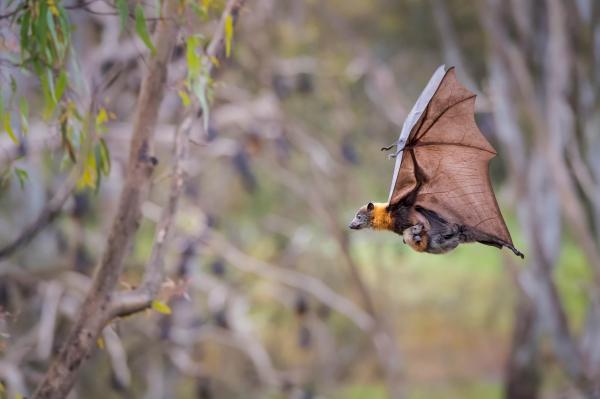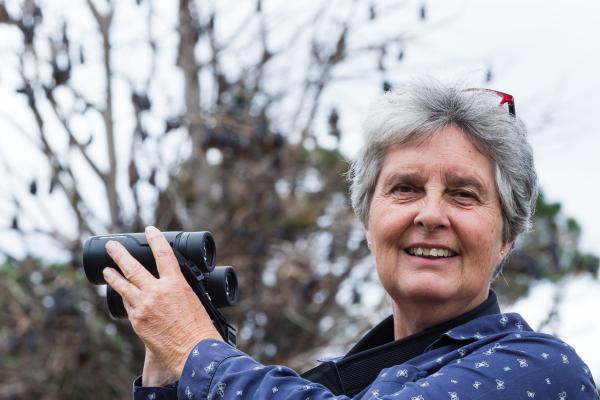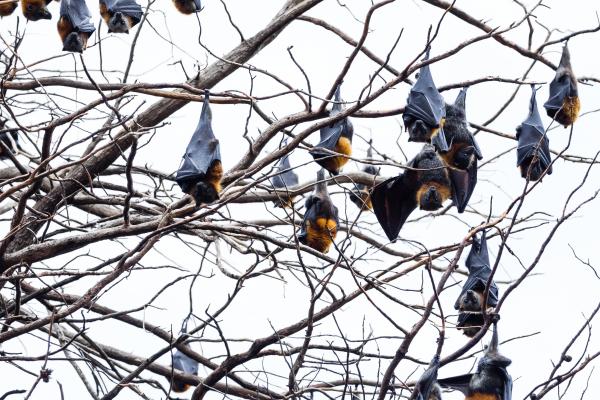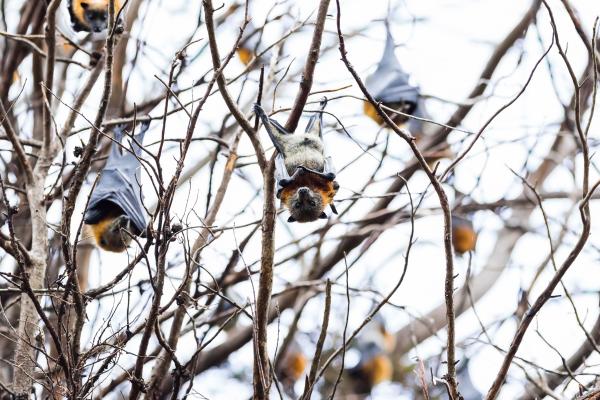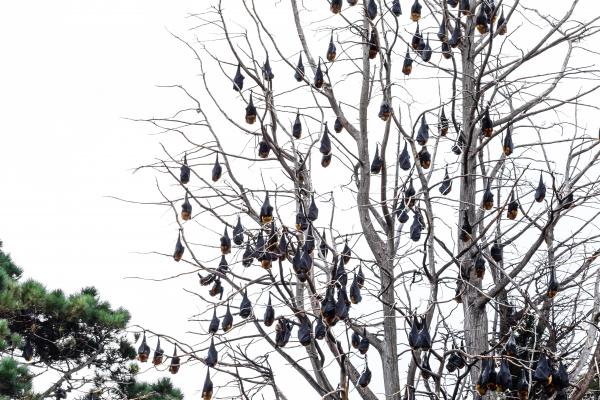Highton biochemist and botanist Jenny Possingham admits 2020 was “not a good year” for bat PR.
“Bats have had a bad rap,” the Geelong Botanic Gardens education officer told the Independent.
While scientists suspect COVID-19 could have originated in bats in China, they are still yet to pin down its exact origins, Possingham points out.
Next Thursday she and the crew at Geelong Botanic Gardens are taking locals to meet thousands of the “fascinating” mammals in their resident colony – albeit from a distance.
“They have an important story – they are vital for our ecosystems as pollinators for our wood forests,” she said.
“We want to help people understand and celebrate the good things about bats. I think they’re fascinating and kids tend to be fascinated by them too.”
The gardens are holding multiple sessions for locals to catch a glimpse of our local fruit bats flying at night and, perhaps surprisingly, during the day.
“You can see a lot of bat action during the day – they’re not sitting in their roosts all day,” Possingham said.
“They get up and fly around and squabble with each other – because they don’t like to roost too close together.
“On a good night it’s absolutely spectacular because they all fly off together.”
Bats sleep, roost and feed upside down during the day.
“The default resting position for their feet is hooked,” Possingham explained.
This presents a need for them to fly during the day to relieve themselves.
“You’re not going to do it upside down are you?” Possingham said.
“Kids love discovering that. You do have to be a bit careful of being ‘bat-bombed’ but I’ve never heard of that happening.”
While many know bees are important for pollinating crops and flowers, fewer are aware of the important role Geelong’s fruit bats, flying foxes, play in this process, Possingham reckons.
“A whole lot of rainforest trees rely on bats to eat fruit and disperse seeds too,” she added.
Eastern Park hosts a colony of flying foxes numbering in the “thousands”, according to Possingham.
“They’ll fly up to 50 kilometres a night and then back again. So the ones we have will cover the whole Bellarine Peninsula ,” she said.
“They’re so cute – that’s why they’re called flying foxes – because their faces are kind of foxy.”
Geelong also has five species of micro bats that feed on insects.
“All bats, including fruit bats, are considered bush food in a lot of cultures but as native animals they’re protected in Australia,” Possingham said.
Flying foxes are migrating further south in Australia, which Possingham reckons could be due to climate change.
“They didn’t exist in Geelong, Melbourne and Adelaide as regular visitors but they do now.”
Bats have “a very different immune system to a lot of mammals” meaning that viruses sometimes have a lesser effect on them than on other mammals, Possingham explained.
“They also heal really fast,” she said.
“You will often see a bat with a little hole in its wing and it will heal in days.”
Locals can discover more fascinating bat facts and learn how to make their backyard more bat-friendly in next Thursday’s activities.
“You’ll have a chance to ask questions,” Possingham said.
“Celebrate our local wildlife and discover all there is to know about Geelong’s resident fruit bats.
“Don’t forget to bring your camera and a pair of binoculars – if you have them – to get a close up view of the fruit bats.”
The National Wool Museum is also hosting bat-themed activities next Thursday.
Details: geelongaustralia.com.au/gbg or geelongaustralia.com.au/nwm


